Signs of a Hidden Water Leak in Your Bathroom
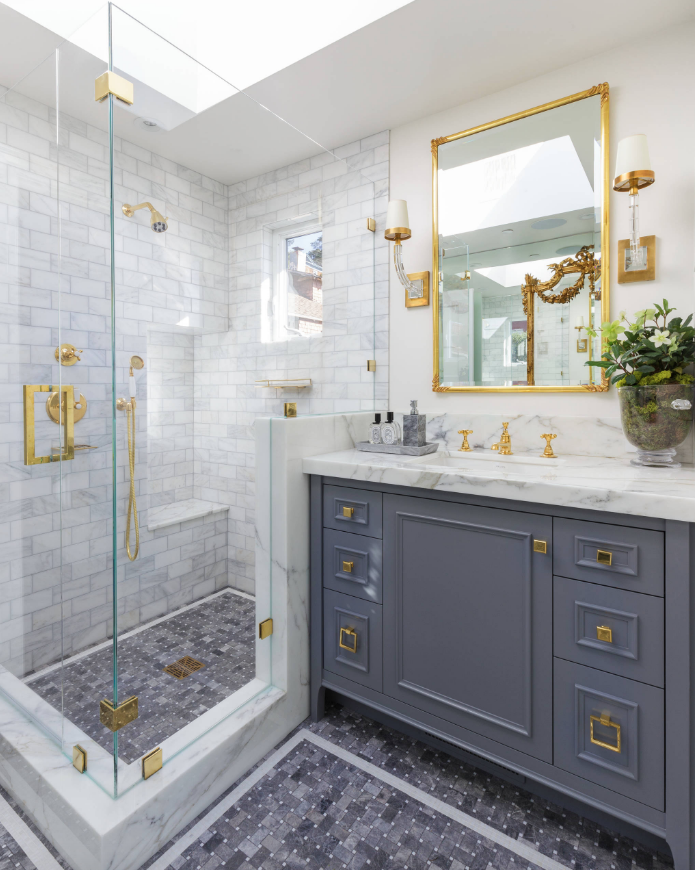
Try and channel your inner Sherlock Holmes to find the culprit — if left untreated, a hidden water leak in your bathroom can cost a pretty penny, especially if it starts to affect porous building material or begins to develop into mold.
 Photo: Via Houzz
Photo: Via Houzz
Lookout for these subtle signs in your bathroom to ascertain whether or not you should hire a local water damage resoration company to come take a look.
Visible Mold & Mildew
If you have a hidden water leak in your bathroom mold or mildew can spread like wildfire. It doesn’t matter how often or how well you clean your bathroom or even how much bleach you use.
Mold thrives in damp, dark areas, and a leaky pipes location usually fits that criteria as they’re usually located beneath flooring or within the wall.
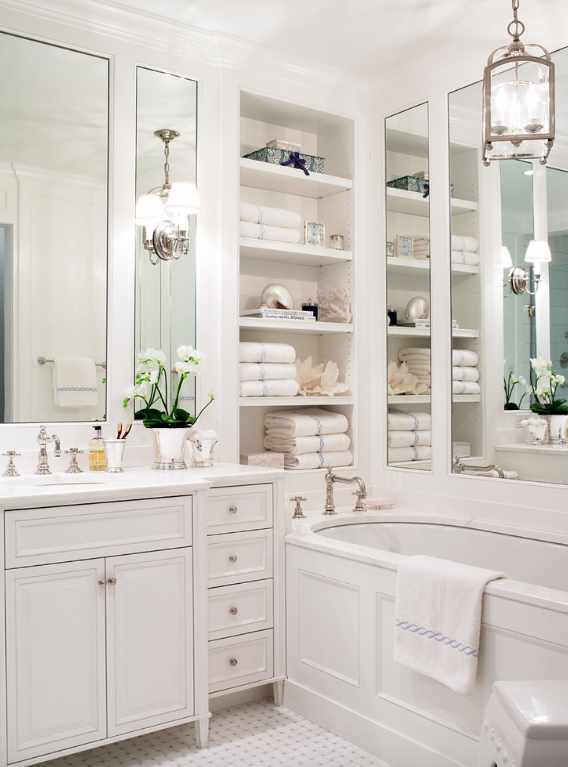 Photo: Studio 511
Photo: Studio 511
And while it’s absolutely normal for a bit of mildew to form wherever water accumulates, such as the corner of showers or bathtubs, mold or mildew growth on walls, baseboards, or corners of the bathroom is usually a pretty clear sign that a water leak is finding it’s way to those areas.
A leaky pipe provides plenty of moisture (even if it’s a small or slow leak) and the perfect environment for mold growth, so the longer you take to detect and remedy the leak, the faster and easier potential mold will grow.
Damaged/Bubbling Paint or Wallpaper
Any wall with bubbling or blistering paint (or wallpaper) is another common sign of a leak in your bathroom. When moisture and water get between the wall and paint, it basically eliminates the both that once held them together and it begins to separate, forming visible bubbles or blisters. In many cases, paid will start to chip and fall off on its own.
Damaged/Bubbling Walls
Water stained or warped walls for no apparent reason are also a sign that you may have a leak in your bathroom. When drywall is exposed to moisture for an extended period of time, it becomes soft and can often begin to bubble, warp, and in many cases break off into pieces.
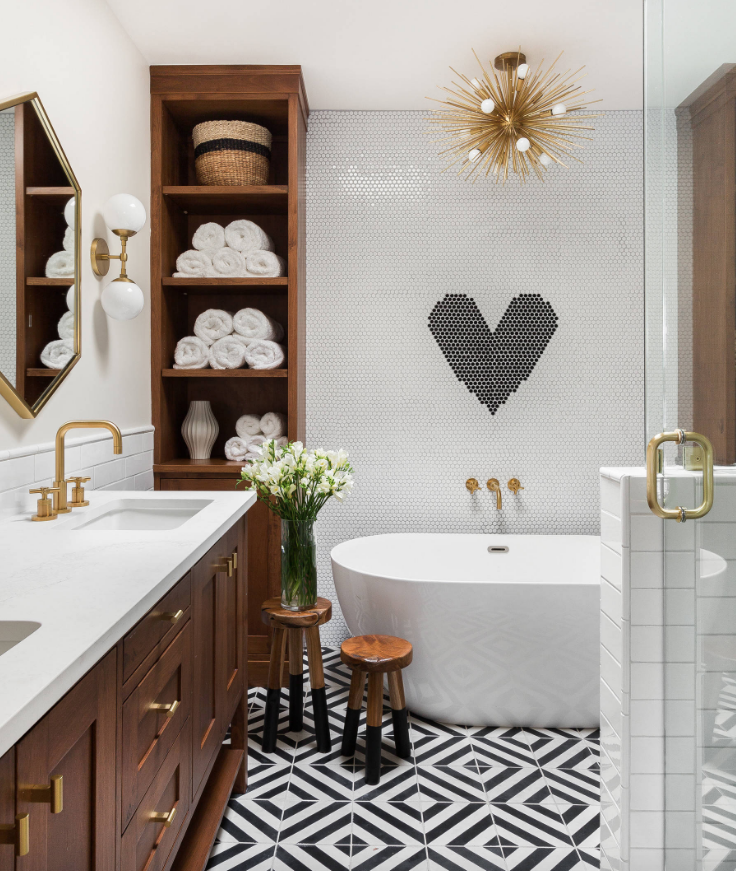
Photo: Built Design Collective
Damaged Flooring
A bathroom floor is meant to repel water and be water resistant. However, this only works if water is on top of the flooring material (usually nonporous material like tile) and not beneath it. If moisture has flowed beneath your flooring, it’s only a matter of time before it begins to show signs of water damage. You might notice things like buckling, shifting, cracks, or even a “spongy” feel.
Water Stains on Ceiling
If you have a bathroom on a second floor, you may spot a leak in your ceiling directly or near the bathroom. Again, an occasional wet floor in your second-story bathroom won’t cause any water damage to the ceiling below. It’s when water and moisture get’s beneath flooring that it can start to effect building material, usually stemming from leaking pipes, drain lines, valves, and even the shower pan.
If you notice any brown, copper, or dark stains on the ceiling, odds are you may have a leak. Be careful too, as large amounts of water pooled in one area can cause a ceiling to sag.
An Odd Smell
If all else fails, trust your nose. Old and accumulated water tends to smell. If you consistently notice a musty smell, it’s very possible you have a leak somewhere.
These are just some signs of a hidden water leak in your bathroom. More often than not, it’s best to hire a water remediation company that’s equipped with advanced infrared and moisture readers to detect any hidden leaks.


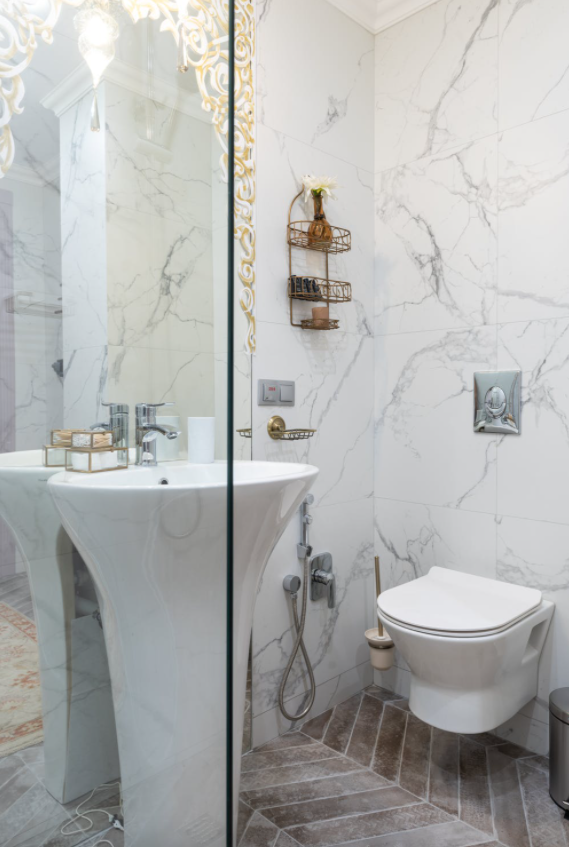

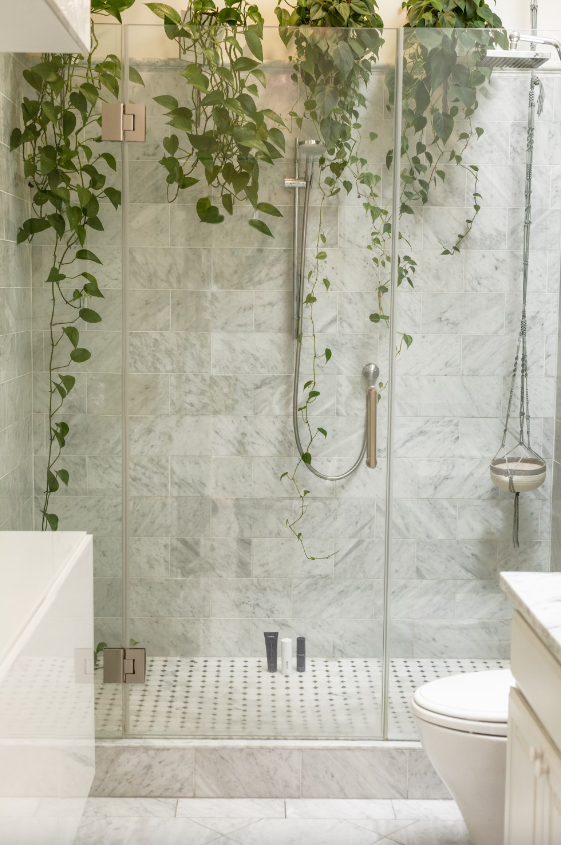




Leave a Comment